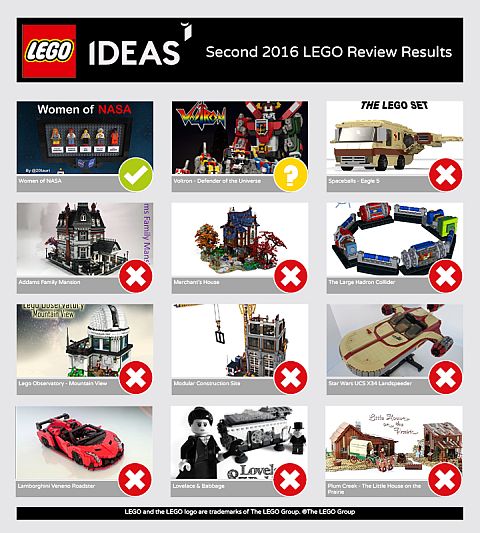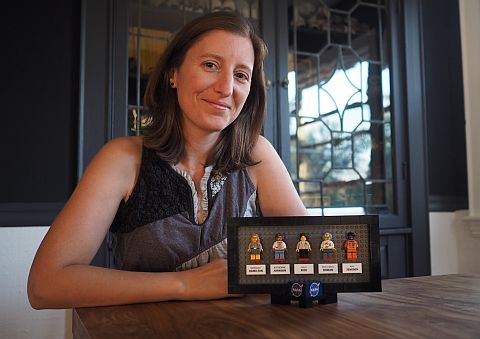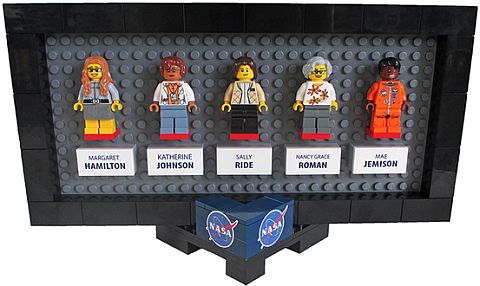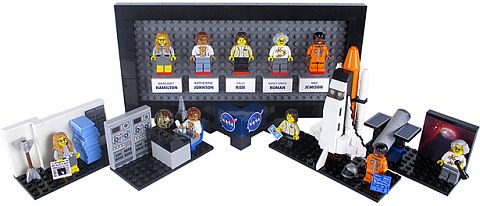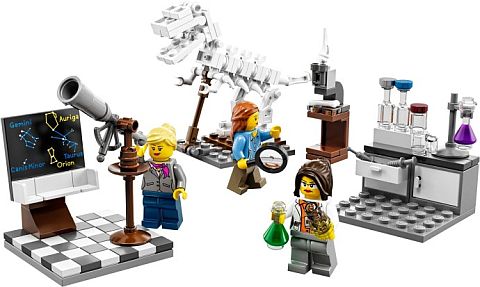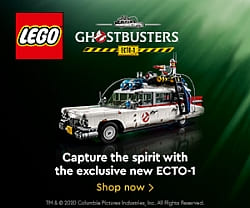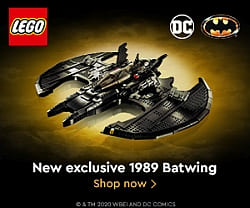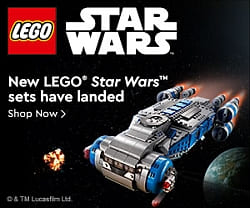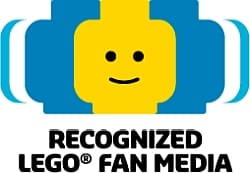The two different sizes of LEGO leaf pieces were introduced back in 1987, and came in one color; standard green. It was not until the year 2000 when bright-green was added, and a few years later dark-green, and white. The four colors gave LEGO fans a decent palette to build a good variety of green and snow covered trees. However, there was still no way to recreate beautiful fall foliage with the options offered by LEGO.
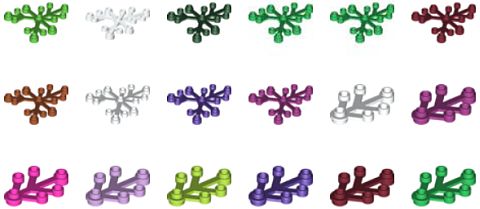
Then, starting in 2012, the color-palette of LEGO leaves exploded into all kinds of beautiful hues. Two more green shades were introduced; lime-green and olive green. Dark-orange and dark-red were added in 2012, which finally allowed LEGO fans to build fall landscapes. We even got some unusual colors like dark-pink, magenta, lavender, and dark-purple to create enchanted forests.
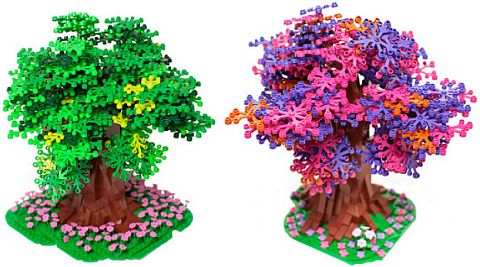
LEGO fan Piotr Machalski (a.k.a Stelario_lego) has been experimenting with the new colors to build some beautiful trees. Notice on the green tree how the different shades of green adds depth and shadows, really making the tree to come alive. The bits of lime green could represent new growth, or perhaps leaves that are yellowing early in the fall season. The colorful tree next to it, uses three of the new colors; dark-pink, dark-purple, and dark-orange. It’s a lovely combination that gives the tree a magical appearance. Similar combinations are popular in the LEGO Elves line.
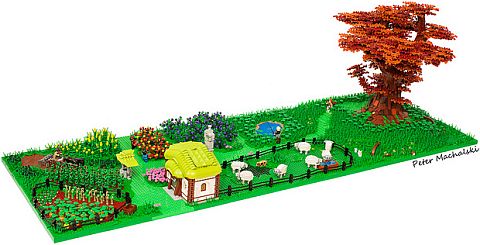
In his Chronicles of a Dirt Poor Farmer diorama, Piotr added a large old tree in fall foliage using only dark-orange and dark-red. It is worth checking out the rest of the farm too, because there are some really nice landscaping ideas. I especially like the pumpkin patch with those big plant leaves, curvy shoots, and vines made of the sprues of the leaf elements most people would just throw away. As you can see, all LEGO is useful. 🙂
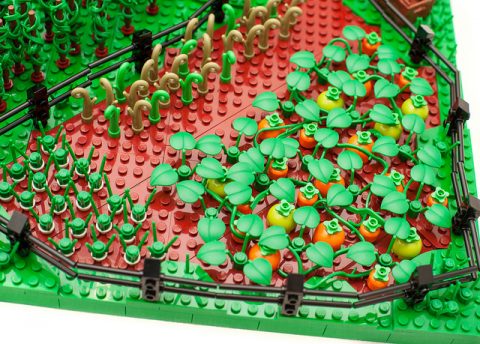
The new leaf colors can be used for other things as well. Piotr created these two geometric shapes, using both the large and small LEGO leaves in different colors, as well as lots of little flowers and jewels. I would call them 3D mosaics, he refers to them as flower thingies. In either way, they are very pretty.
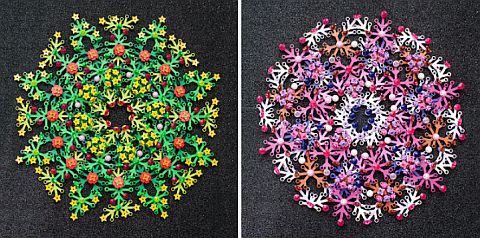
We have talked about landscaping and building LEGO trees before (see links at the end of this post), but what I wanted to bring to your attention is the large array of LEGO leaf colors that are available now, and can really open up the art of landscaping with LEGO. I hope the examples here give you some good ideas about what can be achieved.
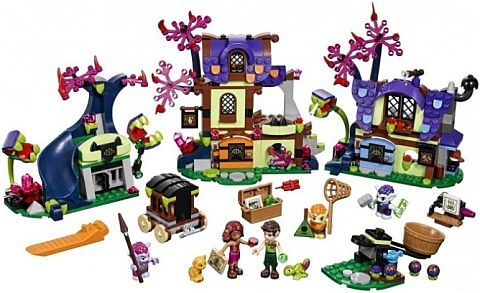
The most interesting colored LEGO leaves can be found in the LEGO Elves sets, and you can also buy them individually directly from the Pick-A-Brick section of the Online LEGO Shop, or via BrickLink sellers. It’s worth getting a few dozen to see what you can come up with. Of course they make great leaves or creepers, but due to their interesting shape, there are many other possibilities.
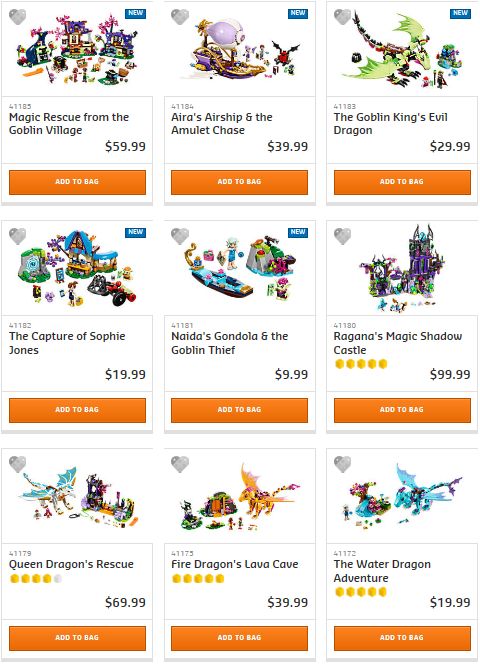
What do you think? Have you been experimenting with the different new leaf colors? Do you like building LEGO trees? What is your favorite LEGO landscaping element? Feel free to share and discuss in the comment section below! 😉
And you might also like to check out the following related posts:


